Text
Deadfall Adventures Cinematic making of
Written by: Karol Zakrzewski, Project Supervisor for Deadfall Adventures in Televisor and ColorTV Studios.
I’ve always been fascinated by game cinematic production. This fascination and passion are shared by all of our team members and they are the reason why we were able, when working on the cinematic trailer, to put together such an effective team. I’m a great fan of Blur Studio, Digic Pictures and Blizzard and I’m happy to see really good projects of this kind come to life in Poland as well. Combining such a complex endeavor with the daily work on advertising projects is a challenge. However, the energy and the will of all the people involved made it happen. Below I’ll try to present some of the interesting aspects of working on the Deadfall Adventures project.
We invite you to watch the making of video we produced to show the process development of the project.
In the initial draft of the script our director, Marcin Sławek (ColorTV), came up with solutions focused on artistic detail; it turned out, however, that, just like advertising, game cinematics are very much subject to trends. These consist mainly in dynamic action, which directly reflects the game’s stylistics. That being so, the script has been modified to its present form. The following steps also brought forth several unexpected adjustments, which sometimes made us feel as if we were in an air traffic control tower :)
Concept art by Damian Bajowski illustrates the initial version of the script:
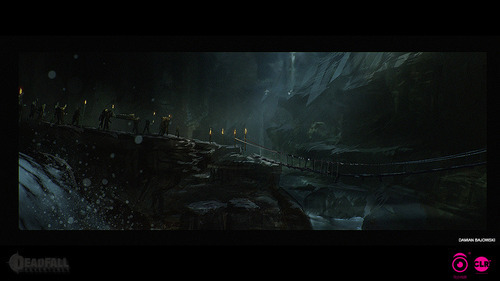
The essential part was determining which scenes to choose and what their contents should be. The decision to mix slow motion with time-lapse allowed us to focus in an efficient way on detail. The three-month deadline forced us to cut down the amount of character animation. Choosing slow motion and time-lapse photography as the techniques for this project was a deliberate decision – this way we were able to deal with a rather complex script in such a short time. It was a great idea, although, I have to say, far from easy from the editing point of view. We would like to thank Wojtek Włodarski for his help during the editing phase.
We also received a lot of conceptual support from Damian Bajowski who created exquisite mood boards and matte paintings.
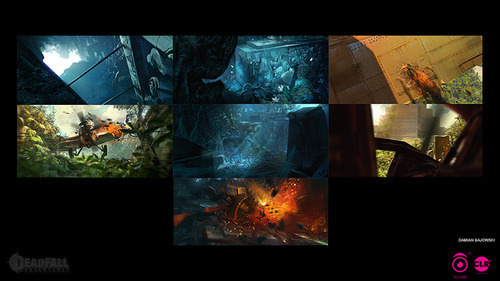
One month before we started to work on the project we’d decided it was time to switch our rendering software from Mental Ray to V-ray. It turned out to be a great choice, as V-ray was a much more effective rendering software for this project. We distributed the scenes among graphic artists who used Maya and 3DMax. Each of them worked on the average of 1.5 scenes. This unusual approach turned out to hit the bull’s eye: allotting the control over the entire scene to one person resulted in their strong devotion and involvement in their ”share” of the project.
All the scenes are made entirely in 3D and we only used matte paintings in two of them.
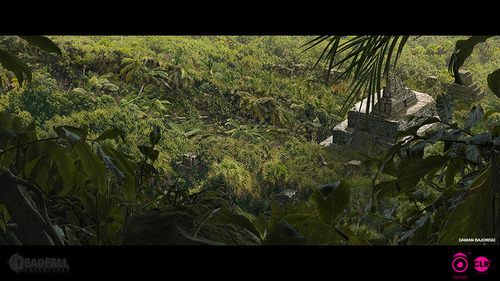
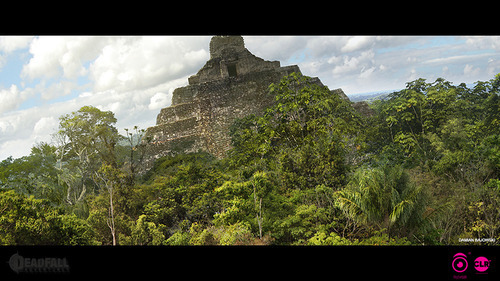
Among the 3D scenes the most difficult were the ones in the jungle. The first rendering tests took either too long (2.5 h per frame), or the result was too artificial.
Examples of the first renders of jungle scenes:
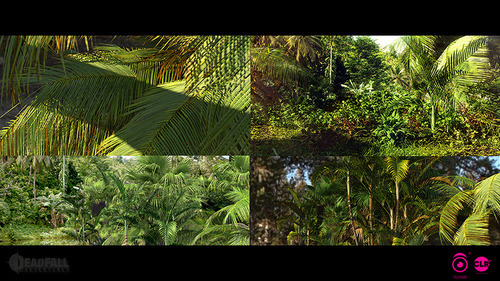
One of the most spectacular scenes is the plane flying towards the camera. The number of elements we had to generate for this scene was overwhelming. You can see the amount of work that had to be put into this scene on the “making of” material. We used the Pulldownit plug-in http://www.pulldownit.com to crash the trees, which saved us a lot of time and workload.
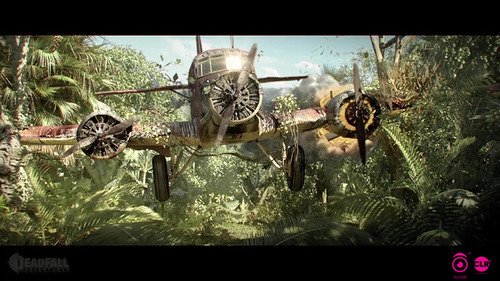
We are also very proud of the final effect of the rotting mummy scene.
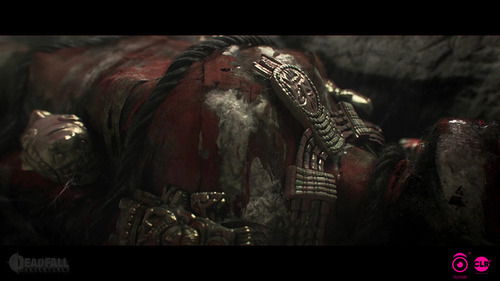
A significant obstacle that we had to overcome was the lack of access to any reference sources of the putrefaction process. What we were able to find did not exceed one year while we needed several decades. We had no choice but to study plenty of disgusting references of decaying animal bodies :)
http://www.youtube.com/watch?v=rot-cyyDYZs&feature=player_detailpage#t=63
Another problem was the time-lapse photography of the tomb in the cave – again, it was hard to find any reference material. Finally we came across a few Polish films featuring a simulation of the corrosion process on Youtube. Long live lovers of bizarre things! J
http://www.youtube.com/watch?v=Lw8n6oMLuKA
The jungle was created partly based on objects generated in the studio, partly out of objects purchased in3D libraries. The floor was made entirely with PaintFx tool from Maya.
I have to admit that the plane was a huge challenge for us as well. A seemingly easy task, but once we saw the color the corrugated wings were supposed to be, we knew there’d be trouble. A claret-colored Junkers, what a nightmare :). In the first rendering tests the wings looked like roofing corrugated iron sheets.
What’s interesting is that we were able to use TVX – our own originalformat for transferring data from one 3D software to another. We’ve been working on it for some time now, and the game cinematic was a perfect testing environment for TVX.
Thanks to the TVX format used to transfer data between MAYA and MAX, we were able to transfer significant amounts of animated objects such as bullet splinters. The format is fast, very easy to use and it allows the interpolation of the frames – the time can be calibrated in a lossless fashion while at the same time maintaining the fluent motion. For the purposes of this project we also used some original plug-ins created by our software developing team.
The composition process itself was an example of an unconventional approach. Besides the standard compositing of numerous layers, we also generated objects that usually are made in the 3D department – for example, in the scene where the cable is shot through, the smoke rising from a bullet was created entirely in AE.
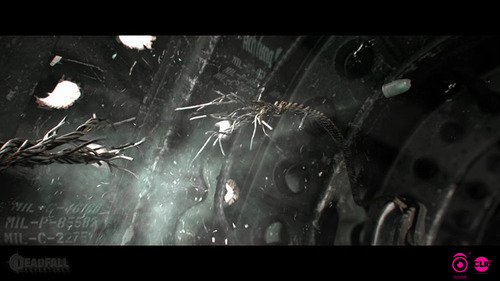
We have our own exporting tool to AE and it turned out to be very useful at this stage of the project. It allowed us to quickly transfer the animation and carry out the final composition live, adding distinctive details and enhancing the texture of objects.
I am particularly proud of the progress we made when working on this project, both as a team and as a studio. I can’t wait to be faced with more such challenges :)
1 note
·
View note
Photo
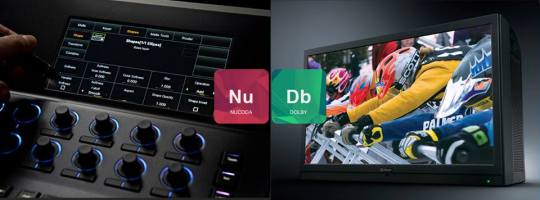
Color correction available at Televisor Studio
Color correction services are made on high-tech Nucoda Color Grading equipment with the new Precision Control Panel and Dolby Professional Reference Monitor PRM – 4200 – the first flat – panel monitor to truly outperform a CRT. It offers a new standard in critical viewing and delivers the most precise color accuracy with true blacks and whites, exceptional dark detail, high contrast, wide dynamic range.
We cooperate with experienced colorists:
• Łukasz Huptyś
• Ola Kraus
1 note
·
View note
Photo
A video with Deadfall Cinematic making of coming soon....
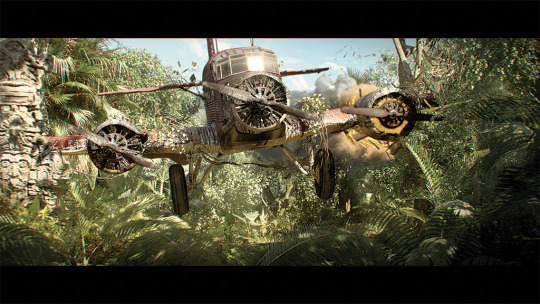
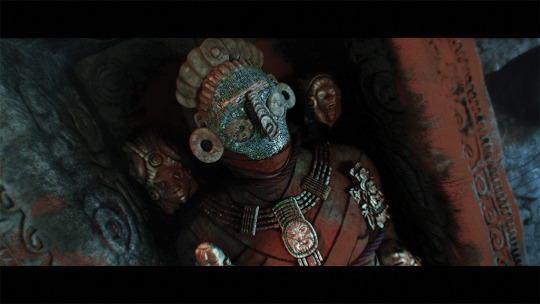
Deadfall Adventures Cinematic produced in our studios
The cinematic supports November 2013 premiere of Deadfall Adventures game published by Austrian publisher Nordic Games and Polish developer The Farm 51. The main thread of the game puts the player in many different and unexpected places creating a mood from well-known adventure movies like the ‘Indiana Jones’ or ‘Mummy’, that is also nicely reflected in the trailer. Marcin Sławek, one of our studio creative directors, has directed Deadfall Adventure cinematic. He is also responsible for creative direction.
Here you can watch it:
https://vimeo.com/76048698
1 note
·
View note
Photo
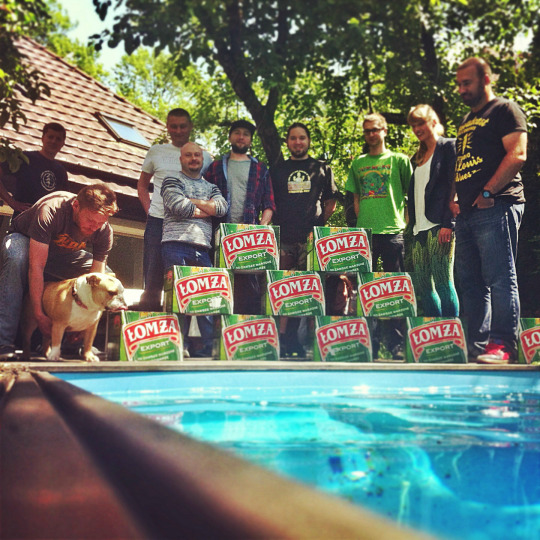
We had a pleasure to work with one client who returned witch such a nice gift after finished TVC production.
Many %%%% wait for utilizing after working hours!
0 notes
Photo
ColorTV designers and Televisor team have been awarded by honourable jury of KTR contest in design category.
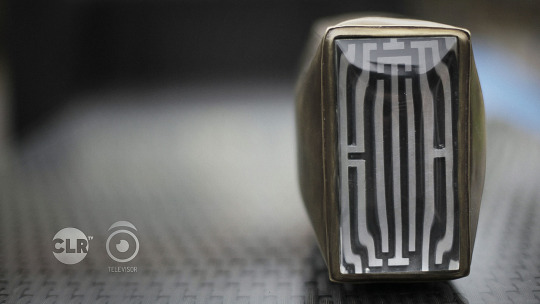
One of the KTR awards in design category went to ColorTV & Televisor!
ColorTV and Televisor studios have been honoured in 2013 KTR contest for design of the x-mas postcard we already had an opportunity to present you in December 2012.
We’ re really proud of it and glad that the jury appreciated our work!
2 notes
·
View notes
Photo
Merry Christmas !!
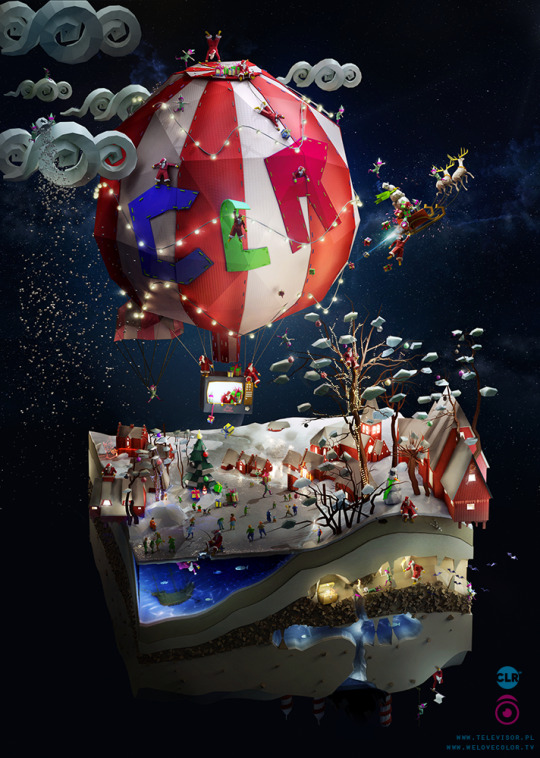

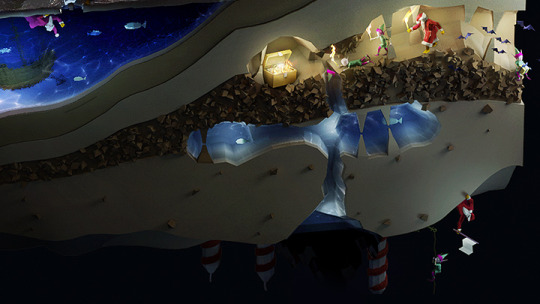
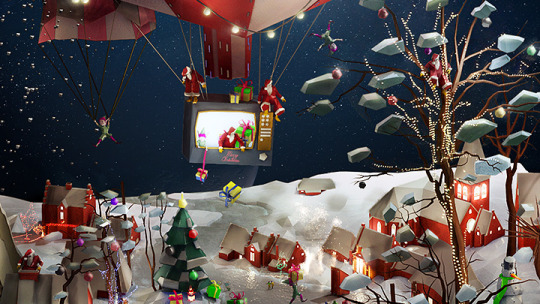
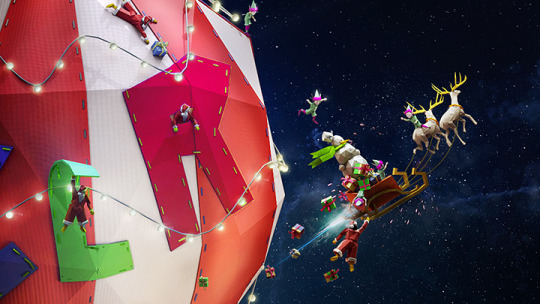
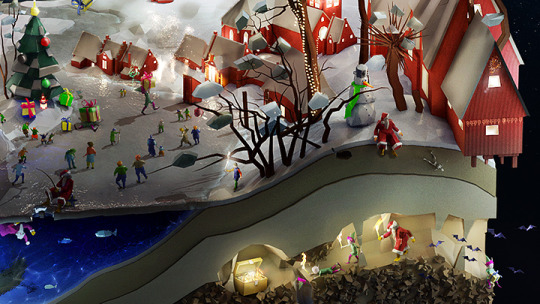

X-mas card from ColorTV & Televisor Studios
Just to bring some COLOR and smile into your life we have been happy to create for you some Christmassy and wintery stories enclosed in a form of this little postcard.
We wish you bright and cheerful Christmas and happy and joyful New Year 2013!
Best wishes from ColorTV and Televisor teams!
#colortv#Televisor#Televisor Studio#TelevisorStudio#welovecolor.tv#Marcin Slawek#V-ray#Cinema 4D#X-mas#X-mas postcard
2 notes
·
View notes
Video
vimeo
This is the cinematic for Painkiller Hell & Damnation game trailer developed & animated in our studio. The styleframes for that cinematic were created by our partners from ColorTV Studio www.welovecolor.tv
#Painkiller#Painkiller Hell & Damnation#cinematic#Televisor#Televisor Studio#TelevisorStudio#Painkiller Hell & Damnation game trailer
0 notes
Photo
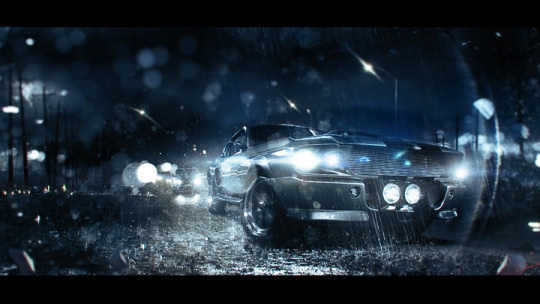


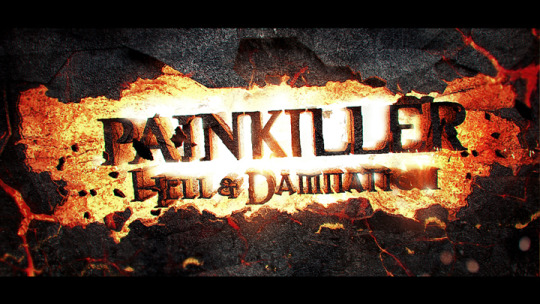
Cinematic for the newest Painkiller game developed in our studios.
Nordic Game Company, Austrian distributor of video games has invited our partners from Televisor studio to produce cinematic for ‘Painkiller Hell & Damnation’ launch. Thousands of fans all over the world were looking forward to trying ‘Painkiller Hell & Damnation’ which came out in the end of October 2012.
Here are some examples of cinematic concept boards designed by Color TV.
1 note
·
View note
Link
Some interesting information regarding developement process of ‘MLEKO, Hej!’ TV commercial . Here is the link to making-of editorial posted on max3d.pl forum in November 2010.
0 notes